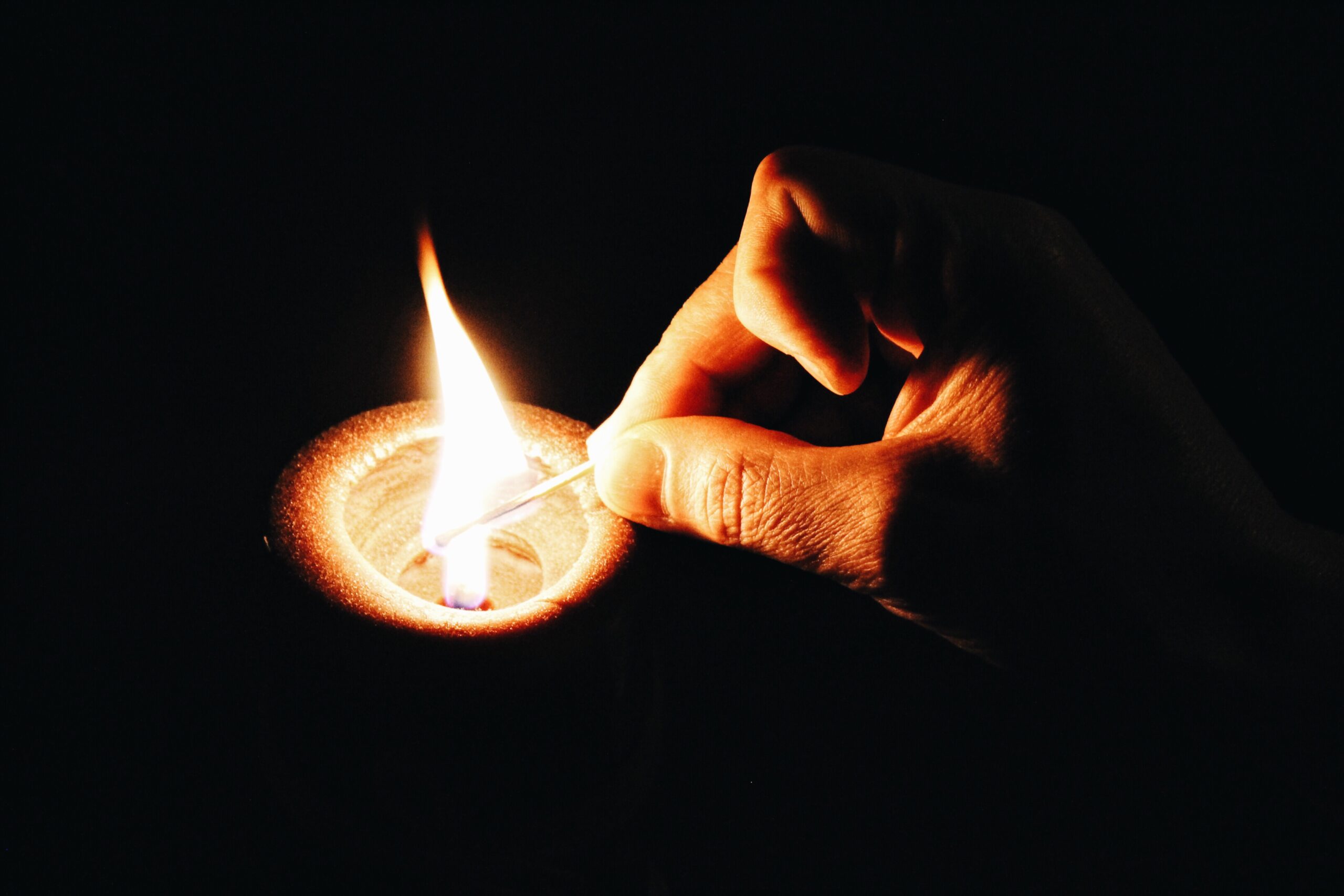Awhile back I broke a favorite vase of mine and I tried as best I could to put it back together again. It brought to mind the nursery rhyme about Humpty Dumpty after his fall. I kept the vase although it didn’t look the same and I couldn’t use it for it’s original purpose. Perhaps it looked ok from afar but upon closer inspection you can see where it was broken and repaired. I thought of my vase when I learned about the Japanese artform called Kintsugi. It is a beautiful form of ceramics which has much to teach us. When a vase or bowl or cup is broken, artists gather up the broken pieces and glue them back together. It is how they put them back together that is steeped in wisdom and beauty. They mix gold dust with the glue and instead of trying to hide the cracks they own them, honor the, even accentuate them by making them golden. They celebrate the cracks as part of their story. Kintsugi ceramics are stunningly beautiful and it is believed that once repaired in this ancient method, Kintsugi pieces are more beautiful, and more loved than before they were broken.
According to art historians, kintsugi came about accidentally. When the 15th-century shogun Ashikaga Yoshimasa broke his favorite tea bowl, he sent it to China for repairs and was disappointed that it came back stapled together. The metal pins were unsightly, so local craftsmen came up with a solution — they filled the crack with a golden lacquer, making the bowl more unique and valuable. This repair elevated the fallen bowl back to its place as shogun’s favorite and prompted a whole new art form. Recently, a resident gave me a book called Life is Messy by Matthew Kelly who asks the question, “Can something that has been broken be put back together in a way that makes it more beautiful than ever before?” Kelly laments how quickly and easily our society throws broken things away because we cling to the false notion that we have to try to keep everyone and everything from being broken. He says, “I marvel how God doesn’t use straight lines or right-angles in nature. We invented right-angles and straight lines to prop up our insecure humanity. The perfection of nature is marked by crooked lines, brokenness, imperfect colors, and things that seem out of place. The perfection of creation is achieved through its imperfection. And so it is with human beings. Your imperfections are part of what make you perfectly yourself. If we put on the mind of God, we discover one of the most beautiful truths this life has to offer: Something that has been devastatingly broken can be put back together in a way that makes it more beautiful than ever before. It is true for things, but it is even more true for people, and it is true for you. This is the source and the summit of hope.”
Scripture agrees that like the kintsugi crafters who repaired the shogun’s bowl with gold long ago, imperfections are gifts to be worked with, not shames to be hidden. 2 Corinthians 4:7 says, “we have this treasure in earthen vessels, that the excellence of the power may be of God and not of us.” Owning the fact that we are all clay jars allows us to be free and human in the way God intended. Each of us is subject to chipping and cracking and likely to contain imperfections but it is those cracks and imperfections that give us character and beauty.






 At 6:00PM on that Sunday evening, nine residents gathered to share reactions and seek guidance in responding thoughtfully to the terror in Charlottesville. Barbara Glenn read to us a message just received from Rev. Susan Frederick-Gray. She was the minister of the Unitarian-Universalist Congregation of Phoenix until her election in June as national president of this denomination. Here is a portion of that email entitled “Love Showed Up Today in Charlottesville.”
At 6:00PM on that Sunday evening, nine residents gathered to share reactions and seek guidance in responding thoughtfully to the terror in Charlottesville. Barbara Glenn read to us a message just received from Rev. Susan Frederick-Gray. She was the minister of the Unitarian-Universalist Congregation of Phoenix until her election in June as national president of this denomination. Here is a portion of that email entitled “Love Showed Up Today in Charlottesville.”

